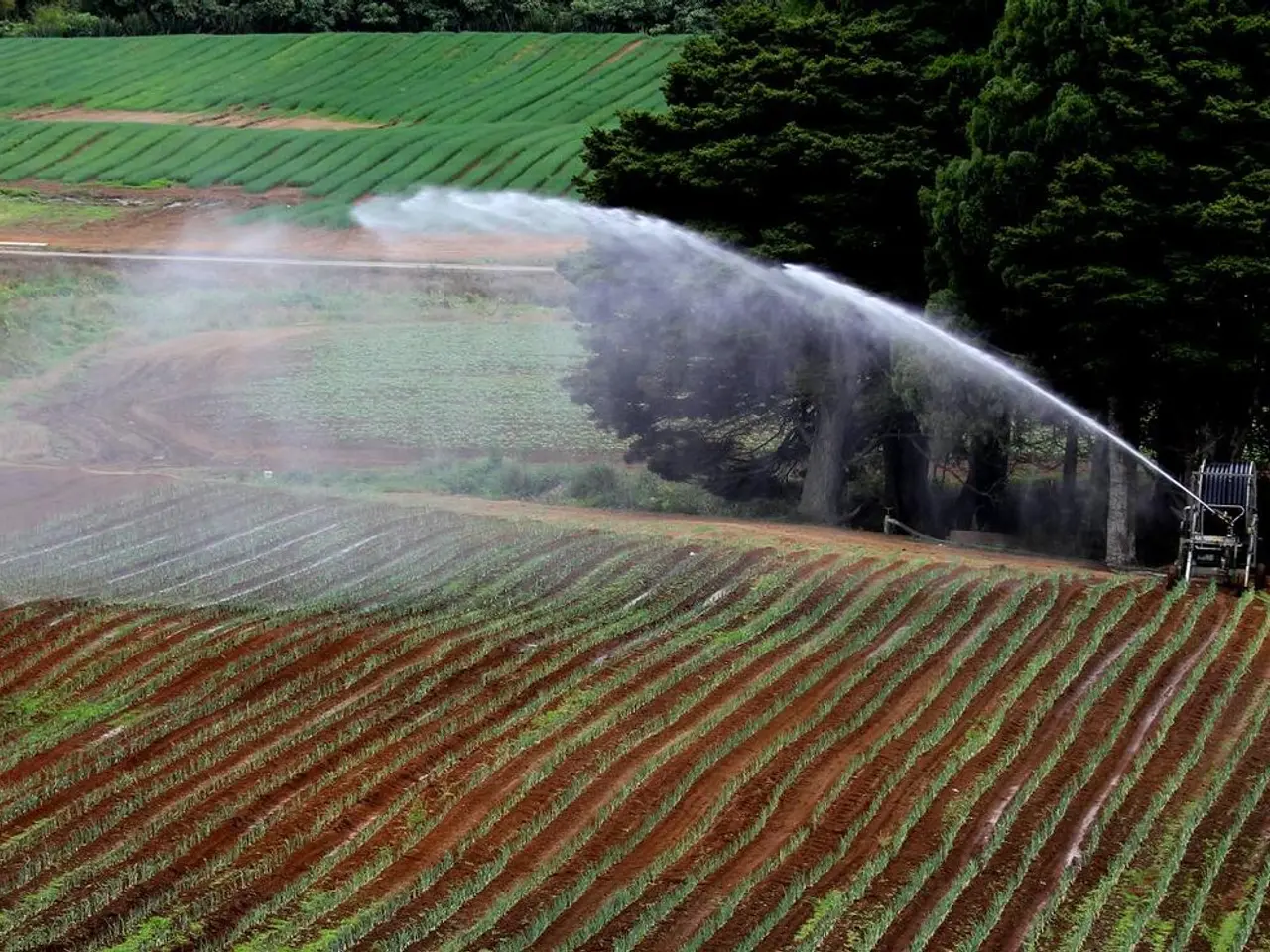Cultivating Garden Dirt: Tips for a Healthy Garden
In the pursuit of a thriving home garden, understanding and maintaining soil health is paramount. Here's a guide to conducting soil tests, interpreting results, and making amendments for optimal growing conditions.
Soil Testing
To get accurate results, it's essential to collect multiple soil samples from different locations within your garden, at a consistent depth of around 6 inches. Ensure you avoid areas near compost piles, septic tanks, or recently fertilized spots. Mix the samples thoroughly after removing plant debris and rocks, and submit the mixed sample to a professional laboratory for detailed analysis or use a reliable at-home test kit for quicker but less precise results. It is recommended to test soil annually before planting to monitor nutrient levels and pH, and detect deficiencies early.
Amendment Strategies
Incorporating amendments based on soil test results should focus on correcting pH imbalances and nutrient deficiencies. For instance, lime is commonly applied to raise pH, while sulfur lowers it. Specific fertilizers or mineral supplements like potassium sulfate, gypsum, or dolomitic lime are used to adjust nutrient levels with precision. Frequent soil testing and targeted amendments allow for maintaining optimal soil conditions and nutrient balance, rather than just meeting broad nutrient quantity goals.
Additional Recommendations
- Follow USDA guidelines for sample collection to maximize accuracy.
- Use professional labs for comprehensive testing that provides numeric concentration values for precise fertilizer calculations.
- Avoid over-fertilization and unnecessary amendments by interpreting soil test results carefully.
Other Soil Management Practices
- Adding a sizable quantity of sawdust or other coarse fibrous material requires extra nitrogen.
- Cover crops can be planted and tilled into the soil to increase organic matter.
- Fall is the preferred time to add yard waste or sawdust, allowing partial decomposition of the material, releasing essential plant nutrients before the following growing season.
- Mix undecayed plant materials thoroughly with the top 6 inches of soil, incorporating no more than 2 inches per year.
- Many garden plants benefit from fertilizer applications, with the rate and frequency depending on various factors.
- Improper soil management can lead to the formation of hard pans or impermeable layers, negatively affecting root health.
- Composted manure should be incorporated into the top 6 to 8 inches of soil to prevent a loss of soluble nitrogen to the atmosphere.
- Coarse materials like limbs and tree leaves should be shredded before incorporating into the top few inches of soil.
- Apply fertilizers before or during planting, incorporating the material into the top few inches of soil when plant root systems are not in the way.
- Undecayed plant materials like tree leaves, lawn clippings, peat, sawdust, straw, chipped limbs, and other plant materials are good sources of organic matter.
- Most plants thrive in well-drained soils with adequate pore space that allows excess water to drain away.
- All commercial fertilizers state the guaranteed analysis on the bag, which indicates the percentages of nitrogen, phosphate, and potash in the fertilizer.
- Using well-composted manure reduces pathogens, odor, and risks of fertilizer burn.
- Most vegetables and other plants grow best in slightly acidic soil with a pH of 6.0 to 6.8.
- Testing soil drainage can be done by conducting a percolation test.
- Apply composted manures in the fall, with a waiting period of 90-120 days before harvest for vegetables that come into contact with soil, and 90 days for vegetables that are not in contact with the soil.
- Drainage can be improved by incorporating compost or other soil amendments, planting cover crops, or building a raised bed.
- Soil pH can be changed using amendments like lime and sulfur, which need to be mechanically incorporated into the soil with a tiller, shovel, or garden fork to a depth of 6 to 8 inches.
- Gardeners should start with a soil test to determine the amount of fertilizer needed, as adding too much fertilizer can be as undesirable as using too little.
- To ensure a thriving home garden, collecting multiple soil samples from different locations and at consistent depths is essential, avoiding areas near compost piles, septic tanks, or recently fertilized spots.
- Incorporating amendments based on soil test results should focus on correcting pH imbalances and nutrient deficiencies, using lime to raise pH, sulfur to lower it, and specific fertilizers to adjust nutrient levels.
- In the pursuit of maintaining optimal soil conditions, it is recommended to test soil annually, follow USDA guidelines, use professional labs, and avoid over-fertilization, interpreting soil test results carefully.
- Other soil management practices include adding a sizable quantity of sawdust or cover crops, and fall is the preferred time to add yard waste or sawdust.
- Soil pH can be changed using amendments like lime and sulfur, and gardeners should start with a soil test to determine the amount of fertilizer needed.
- Most plants thrive in well-drained soils with adequate pore space and using well-composted manure, like testing soil drainage and applying composted manures in the fall, can lead to a healthier home-and-garden lifestyle.





